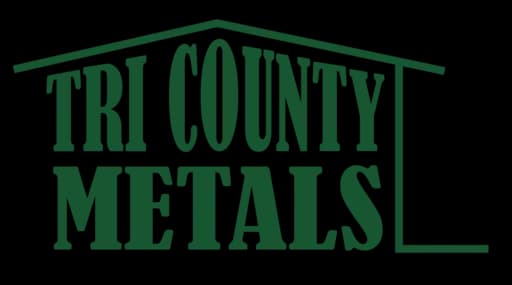The Florida roofing industry has boomed over the last five years with revenues of $2 billion. This is mostly due to the demand for repair and replacement after major weather events.
But the most common reasons for roof leaks aren’t hurricanes. Leaks often develop from weak points in your roof structure that go unnoticed until damage is done.
Are you noticing the 5 warning signs of a roof leak? Now it’s time to identify the most common causes of roof leaks and how to prevent them.
Take the first step
Schedule a fast, no-pressure visit. Since 1987 we’ve got you covered.
Get started1. Age
Florida experiences extreme heat, UV exposure, and seasonal storms. As roofing materials expand and contract, they become brittle and crack over time.
Years of sun exposure can also melt the tar that holds shingles in place. This weakens the waterproof seal and opens the door for leaks. Learn how long your roof should last based on its material.
2. Flashing Failures
Flashing protects roof penetrations like chimneys, vents, and valleys. When flashing cracks, rusts, or separates, water intrusion becomes inevitable.
Learn more about flashing and why it’s important from this homeowner guide.
3. Missing or Damaged Shingles
Think of your roof like armor. Each shingle acts as a protective scale. When one goes missing, the structure underneath is vulnerable to water penetration and sun damage.
Heavy storms and high winds are major culprits. If you see cracked or missing shingles, it’s time for professional inspection. Explore our repair services to fix shingle issues before they get worse.
4. Clogged Gutters
Your gutters are designed to move water away from the roof and foundation. When they’re clogged with leaves and debris, rainwater pools and eventually seeps into the roofing materials.
This is especially dangerous during Florida’s rainy season. Standing water can rot the decking and cause interior damage. Here are some best practices from the EPA for maintaining drainage systems.
5. Skylight Leaks
We love skylights in Florida homes—but they’re a common source of roof leaks when installed improperly or neglected. Rubber seals can wear out and flashing can loosen over time.
Inspect around the skylight for signs of water damage. Learn more about how to properly maintain your roof and prevent growth issues.
What’s Causing Your Roof Leak?
If you’re saying “my roof is leaking,” these five causes are the most common culprits. Whether it’s age, flashing, or clogged gutters—roof leaks typically begin at points of weakness.
If you’re unsure, don’t wait. Unattended leaks lead to mold, rot, and higher repair bills. Find out how to hire the right roofing contractor in your area.
Need help fast? Contact SonShine Roofing today for reliable roof leak inspection and repair in Sarasota and surrounding areas.















